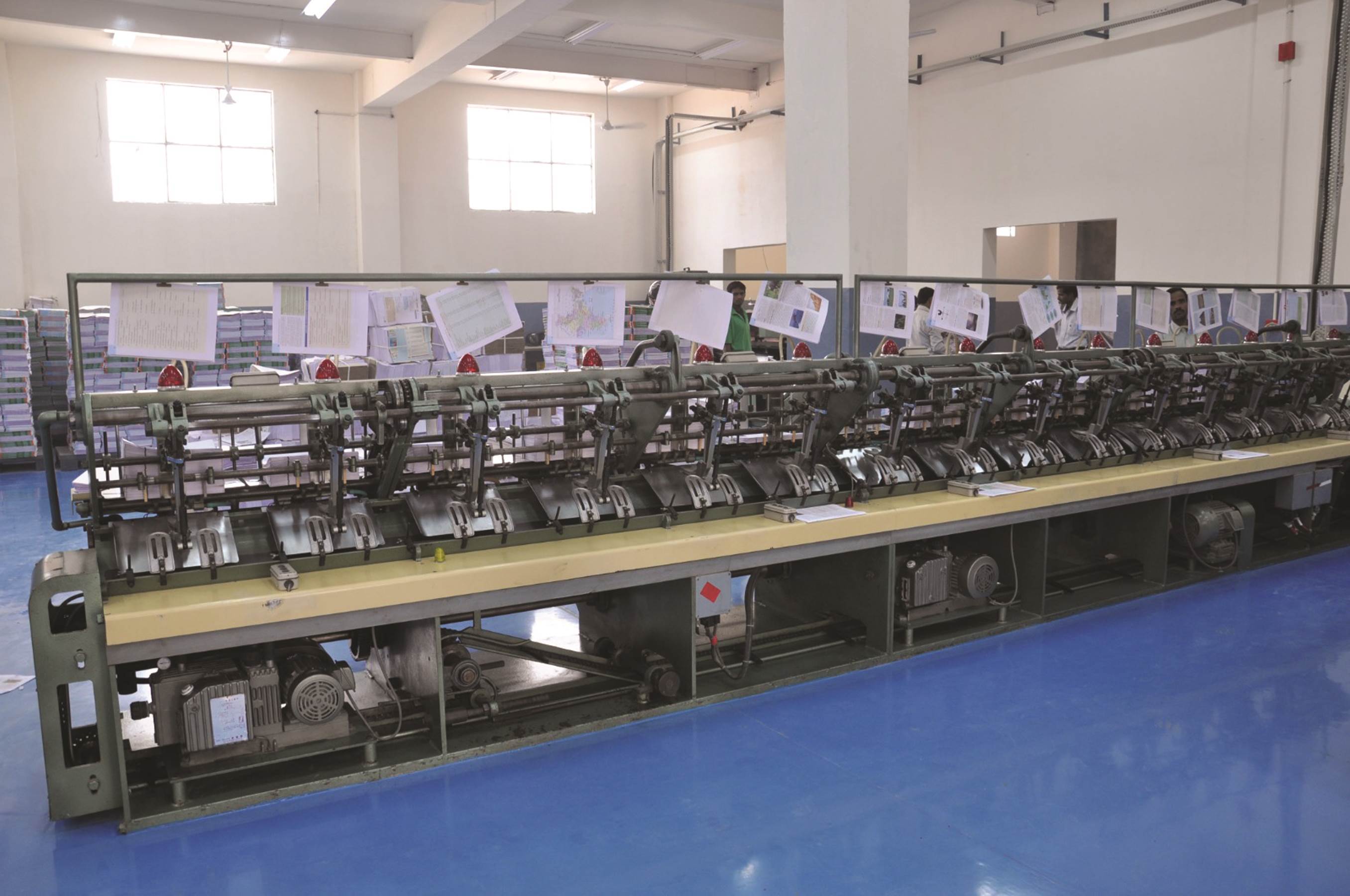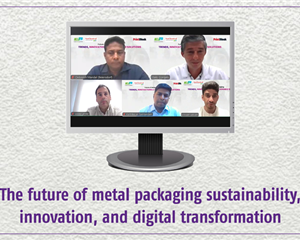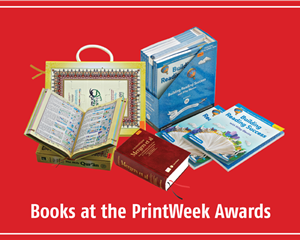Uneven NEP implementation for higher education is a challenge
The National Education Policy (NEP) implementation across states is not in sync. Thus, producing content for each of these universities causes multiple SKUs, which is inefficient and time-consuming, says Saurabh Mittal, CFO, S Chand Group, as he discusses the company’s plans with Rahul Kumar
08 May 2025 | By Rahul Kumar
Rahul Kumar (RK): What is your primary focus in educational publishing?
Saurabh Mittal (SM): Our focus in educational publishing is the K12 segment, where we are a market leader, providing comprehensive content to schools across India. We have a strong presence in higher education, offering a wide range of resources for colleges and universities. In addition, we also provide students and job seekers in the Test Preparation segment with practice material and books which would help them in cracking various job exams like SSC, CUET, UPSC, CAT, railways, defence, and banking. Our goal is to deliver high-quality educational materials that meet the needs of students and educators at every level, from early learning to advanced studies, while continuously expanding our digital and print offerings.
RK: What challenges do you face in the production and distribution of educational books in India?
SM: The uneven implementation of National Education Policy (NEP) 2020, for higher education across various states poses one of the biggest challenges for the sector. The implementation within states for various universities is also not in sync. Thus, producing content for each of these universities causes multiple SKUs, which is inefficient and time-consuming. Also, the volumes reduce. This makes it non-viable to come up with books for universities where enrolments are lower.
RK: How do you ensure the quality and relevance of the content in your educational books?
SM: We ensure the quality and relevance of our educational content by aligning our books with the NEP, ensuring they meet the prescribed standards. Our recently launched titles, such as CodeSync, CyberSync, and Artificial Intelligence, reflect the growing importance of technology and digital skills in today’s world. We consistently update our materials to cover topics that are both timely and essential for students, providing them with knowledge that is relevant and future-ready. This approach guarantees both academic quality and practical relevance.

RK: Can you walk me through your typical publishing process from manuscript submission to final printing?
SM: The process begins with identifying the gap area — either there is a requirement of content in our catalogue or there is a need for another series/title in the same subject for varied level of learners. Then, we identify a suitable author/authors (existing/new) who are briefed on the requirements. Manuscript is received as per our briefings and requirements, run through plagiarism check, reviewed by the subject matter experts (internal/external) and feedback is given to the author to fine-tune the manuscript. The final manuscript is typeset, copyedited and proofread and camera-ready copy (CRC) is generated. The CRC is again reviewed by the editorial team and the author. Changes, if any, are incorporated and the final binder is prepared comprising the text, preliminary pages and the book cover and sent to the printer for printing.
RK: What trends are you seeing in the demand for printed vs digital educational content?
SM: We see a balanced demand for both printed and digital content in today’s world. Printed books remain essential, especially in tier-2 and tier-3 cities where digital access is limited, and they offer reliability in traditional learning environments. However, digital content has surged, especially post-pandemic, with schools adopting eLearning platforms and multimedia resources. We focus on a blended learning approach, integrating print with digital solutions through multiple curriculum solutions like Mylestone, Solid Steps, SmartK and MyZen to meet the evolving needs of students and educators, offering flexibility and personalised learning experiences.
RK: What type of printing technology do you use for educational books?
SM: We utilise a combination of printing technologies for our educational books. The company is equipped with both web and sheetfed offset printing machines for larger print runs. For smaller print runs or print-on-demand orders, we also have digital printing machines. Most of the printing is done in-house, but for certain titles where additional capacity is needed, we outsource to various trusted and enlisted printers.
RK: How do you ensure consistency in the quality of printed materials?
SM: We ensure consistency in the quality of our printed materials through rigorous quality control measures. This includes the use of high-quality paper, standard printing inks, and adherence to industry best practices throughout the printing process. Each step is carefully monitored to ensure that every book meets our high standards of quality.

RK: Do you offer eco-friendly or sustainable printing options?
SM: Yes, we offer eco-friendly and sustainable printing options. Our company uses elemental chlorine-free (ECF) paper, as well as paper made from recycled materials, ensuring that our printing practices align with environmentally conscious standards.
RK: How do you handle bulk orders or seasonal demand surges, especially during school openings?
SM: To manage bulk orders and seasonal demand surges, especially during school openings, we print in advance based on historical data and internal demand forecasts. This approach ensures we maintain sufficient inventory to meet peak requirements. Additionally, we encourage schools and channel partners to place their orders ahead of time to guarantee timely delivery during high-demand periods.
RK: What are your turnaround times for printing large volumes of educational books?
SM: Our turnaround times for printing large volumes of educational books are scheduled based on the requirements. Typically, we can complete one large batch within two days, ensuring a quick and efficient printing process.
RK: Do you offer customised book solutions for different educational institutions or regions?
SM: Yes, we provide customised book solutions tailored to the needs of different educational institutions or regions. However, customisation is typically offered when the order volumes justify the cost and effort involved in creating custom content and designs.
RK: What binding and finishing options are available for educational books?
SM: We offer two primary binding and finishing options for educational books — perfect binding and pinning. These options ensure durability and a professional finish suitable for long-term use in educational settings.
RK: Can you accommodate specialised requests like bilingual books, interactive content, or custom covers?
SM: Yes, we can accommodate specialised requests such as bilingual books, interactive content, or custom-designed covers. However, such customisations are available when the order volumes are substantial enough to justify the additional production processes.
RK: How do you handle ISBN allocation, copyright, and other regulatory matters for educational books?
SM: All new or revised books are assigned ISBNs to ensure proper cataloguing and compliance with publishing standards. We have a dedicated department that handles copyright, intellectual property rights (IPR), and other regulatory matters. This department ensures that proper agreements are in place with all stakeholders involved.
RK: What is your approach to warehousing and distributing books to schools and educational institutions?
SM: Our company operates a centralised warehouse in the NCR region, along with additional smaller warehouses in Kolkata and Guwahati. These strategically located warehouses ensure a timely and smooth distribution process by supplying books to our channel partners and schools based on demand, all within a defined turnaround time (TAT). This system allows us to efficiently meet the needs of educational institutions across various regions.
RK: How do you manage the logistics for supplying books across different regions, including remote areas?
SM: We manage our logistics through a network of warehouses, with a central hub in the NCR and smaller facilities in Kolkata and Guwahati. From these locations, we supply books to schools and channel partners in different regions, ensuring timely delivery with a well-defined turnaround time (TAT). For remote areas, we work with trusted logistics partners, ensuring that even the most difficult-to-reach locations receive their books without delay.
RK: What role does your company play in helping to bridge the gap between book demand and supply in underprivileged areas?
SM: Our company is committed to ensuring access to educational materials in all regions, including underprivileged and remote areas. We work with over 3,500 channel partners to bridge the gap between book demand and supply, ensuring that educational institutions in even the most underserved areas receive the materials they need. This extensive network enables us to make a meaningful impact on educational access in these communities.
RK: Are you exploring digital printing technologies to improve efficiency in educational book production?
SM: Yes, we have already adopted digital printing technologies and installed digital printing machines to handle small print runs and print-on-demand (POD) requirements. This allows us to enhance efficiency, particularly for smaller volumes, while maintaining flexibility and quick turnaround times in educational book production.
RK: What is your approach to integrating digital learning solutions alongside traditional printed books?
SM: Our approach integrates digital learning solutions alongside traditional printed books through a blended learning approach. We provide digital resources like eBooks, interactive multimedia content, and multiple curriculum solutions like Mylestone, Solid Steps, SmartK and MyZen, which supplements traditional textbooks. The strategy is to combine the strengths of both formats, allowing for flexible, personalised learning experiences. This hybrid model ensures that students and educators can use both print and digital resources effectively for enhanced educational outcomes.
RK: Do you foresee a shift from physical textbooks to eBooks or blended learning formats in the near future?
SM: There is a growing shift toward digital resources and eBooks. We foresee that traditional physical textbooks will continue to play a crucial role in education in the near term, especially in nurturing young minds during their formative years. As digital tools like multimedia elements and interactive content become more common, they should complement — not replace — print books. A blended learning approach, balancing digital and print, will enhance students’ learning experiences while providing necessary breaks from screens. This balance ensures an optimal learning environment that caters to modern needs while preserving the benefits of traditional methods.
RK: What sets your company apart from other educational publishers and printers in the market?
SM: The S Chand Group stands apart as a market leader with over 80 years of experience in the education sector. Our deep-rooted legacy in publishing has made us a trusted name across India. The company caters to all segment of education including early learning, K12, higher education and the test preparation segment providing both printed and digital solutions. We have a strong presence in CBSE/ICSE schools and are also expanding reach in state board schools. Our extensive network spans over 40,000 schools, and we offer more than 55 prestigious consumer brands. With 80% of products available as e-books, S Chand seamlessly integrates digital platforms, ensuring a blended learning experience for modern education. This unique combination of rich legacy, adaptability, and innovation keeps S Chand at the forefront of educational publishing in India.
RK: How do you stay competitive in an industry that is rapidly digitising?
SM: To stay competitive in a rapidly digitising industry, S Chand Group focuses on embracing digital transformation while leveraging our strong legacy in traditional publishing. By continuously investing in digital platforms and tools like eBooks, interactive learning apps, and online resources, The S Chand Group enhances the learning experience without compromising on the quality that print has offered for decades. The S Chand Group also focuses on blended learning models, integrating physical and digital mediums to meet the evolving needs of educators and students, ensuring we remain relevant and adaptable in the digital era.

RK: How do you maintain affordability while ensuring high-quality production?
SM: We maintain affordability through economies of scale, as the large volume of books we produce allows us to optimise production costs. This enables us to offer books at competitive prices without compromising on quality. Despite the cost efficiencies, we ensure that high-quality materials and production standards are upheld to provide students with the best possible educational resources.
RK: There are more than 15 lakh schools in India and many of them are facing challenges in accessing books. How do you see the opportunities?
SM: With over 15 lakh schools in India, many face challenges in accessing quality educational resources. This presents significant opportunities for us to expand our reach and make education more accessible. By leveraging our extensive distribution network of over 40,000 schools and partnerships with 3500+ channel partners, we ensure that even remote areas have access to high-quality books and digital content. Additionally, our digital platforms and e-books enable schools with limited physical access to benefit from interactive, affordable learning solutions, meeting the needs of modern education.
RK: More than 67,000 babies are born each day in India. It means around 2.5 crore new students per annum. What are your plans to grab the opportunity?
SM: Our company’s mission is to provide quality educational content at affordable rates. With multiple well-established school brands and a dedicated workforce, we are focused on continuously promoting our products to a growing number of schools. By maintaining our commitment to high standards and affordability, we aim to capture this expanding student population, ensuring steady volume growth in the years to come.
RK: Regional language is a huge market, with 22 listed in the constitution, 122 major languages and 1599 other languages. You are into English and Hindi for the moment. How big is the opportunity according to you and what are your plans to grab it?
SM: We have a large exposure to books in Hindi and English. In addition, we are the largest state board player in the West Bengal market through our subsidiary Chaaya Prakashini. However, we continue to evaluate opportunities on a state-to-state basis.












 See All
See All